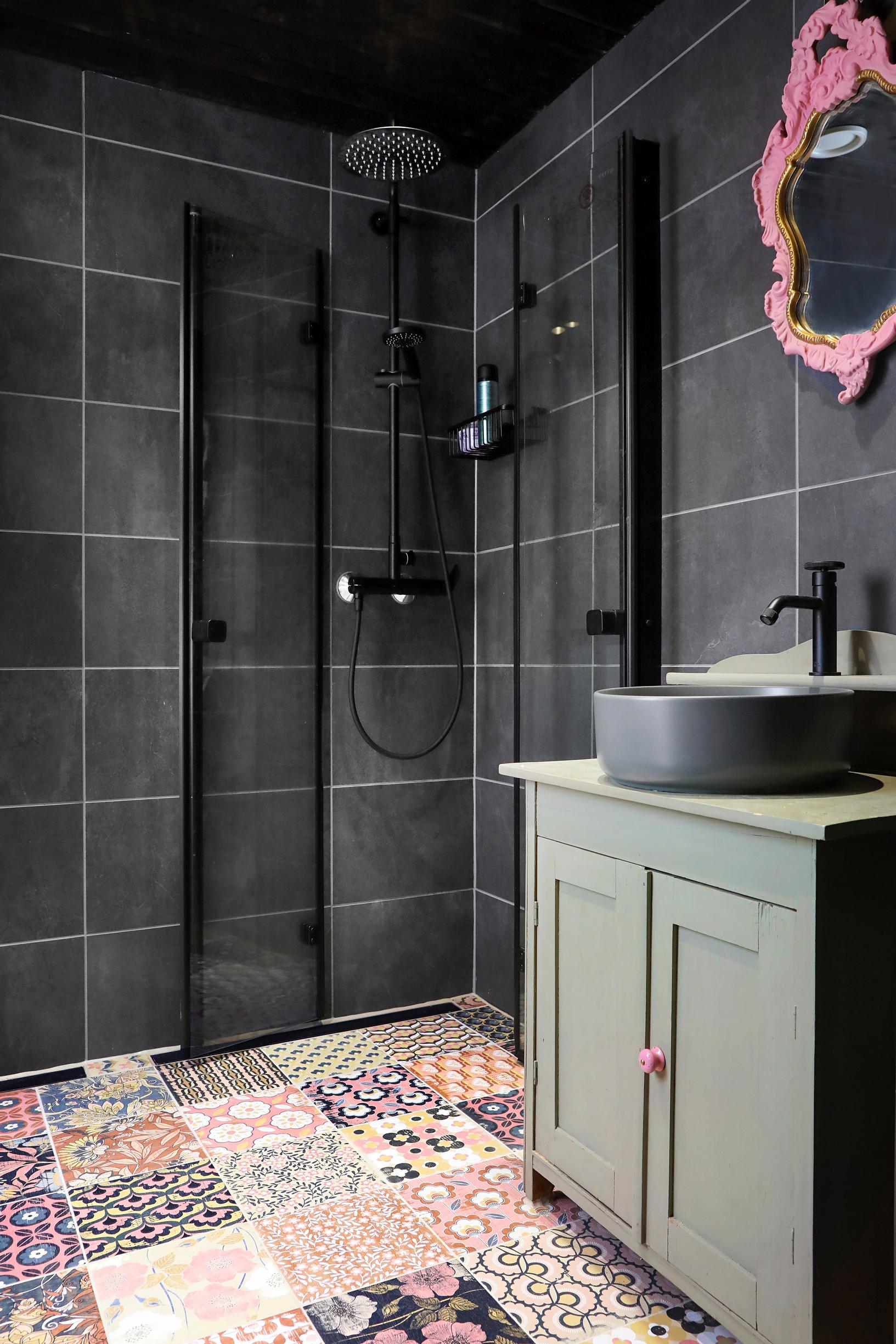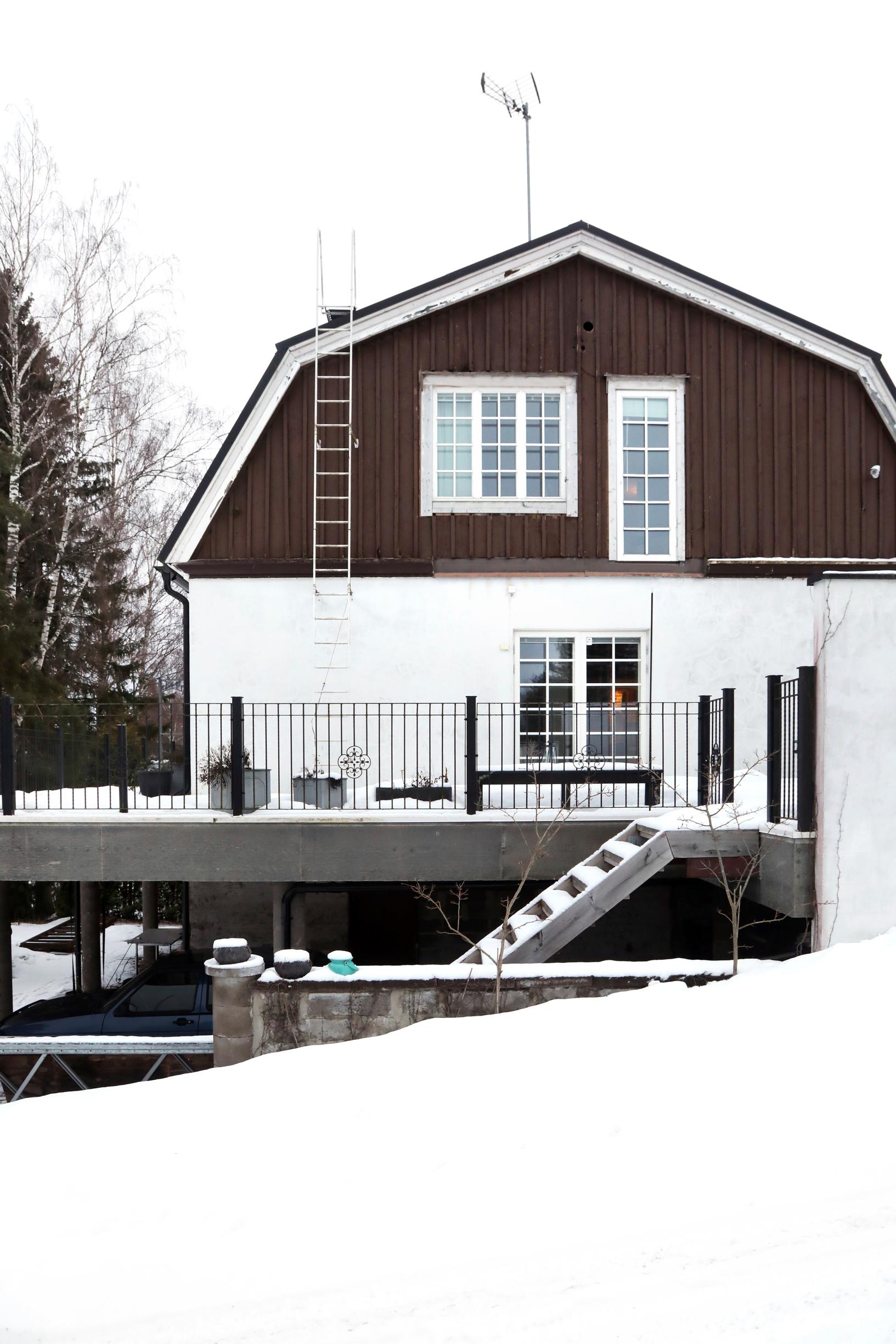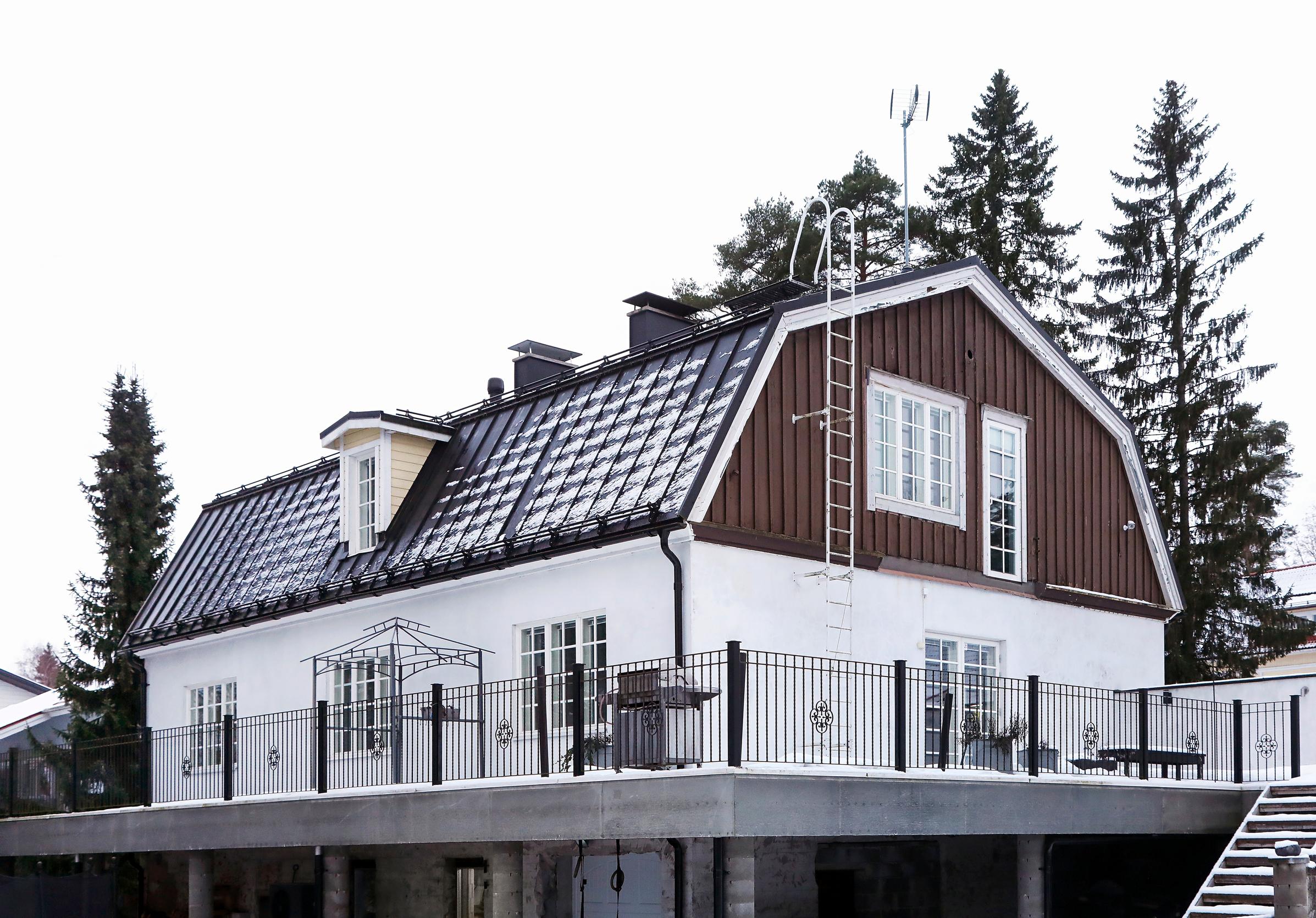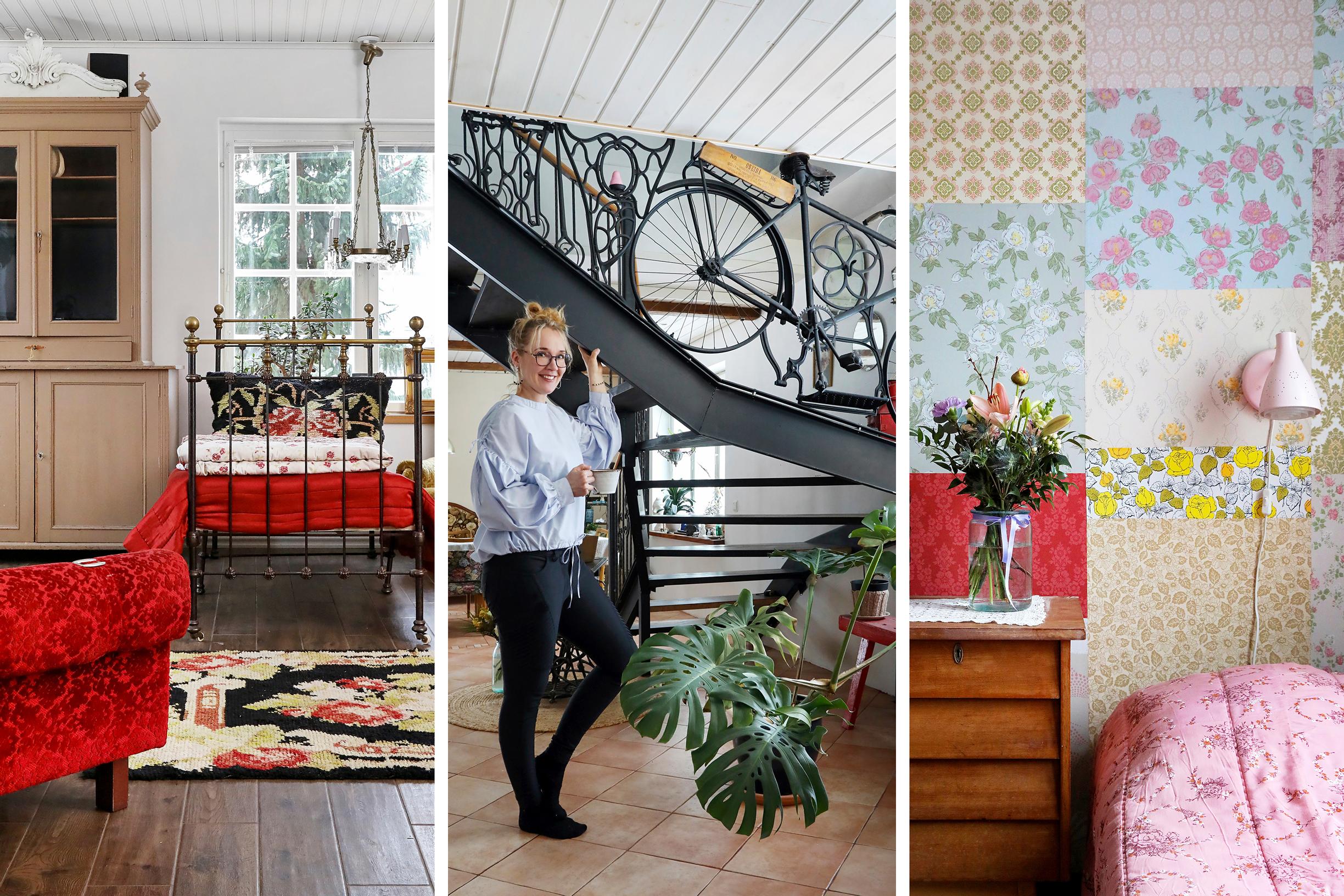
A former rag factory turned family home: “Not a single piece of furniture cost more than 30 euros”
When a specialist tinkerer and an impulsive decorator discover an old factory building, the result is a charming home brimming with unique solutions—like a bicycle-turned stair railing and a sink cabinet made from a sewing machine.
The playful name, Karhumaan liha ja lumppu (“Karhumaa meat and rags”), catches the eye of anyone scrolling through Instagram and brings a smile to their face. What might this account be about? A quick glance shows it’s all about life in a stone house in Tampere, Finland, home to the Karhumaa family—Marianne and Vesa as well as their children Kerttu and Almo. The family became city dwellers about three years ago after many years of living in the countryside.
“Especially for me, there was a need for new challenges and a change of scenery. Our lovely old log house had been almost fully renovated, and we were ready for something different,” Marianne says.
However, the new place had to be something truly unique—and preferably near the city.
“Every weekend, we toured open houses, seeing all sorts of properties. Eventually, our kids wouldn’t even get out of the car—they were so tired of the whole process.”
In a moment of desperation, Marianne searched all over Finland for potential homes of every price range. But Vesa, ever the practical one, kept both their feet on the ground and hit the brakes when needed.
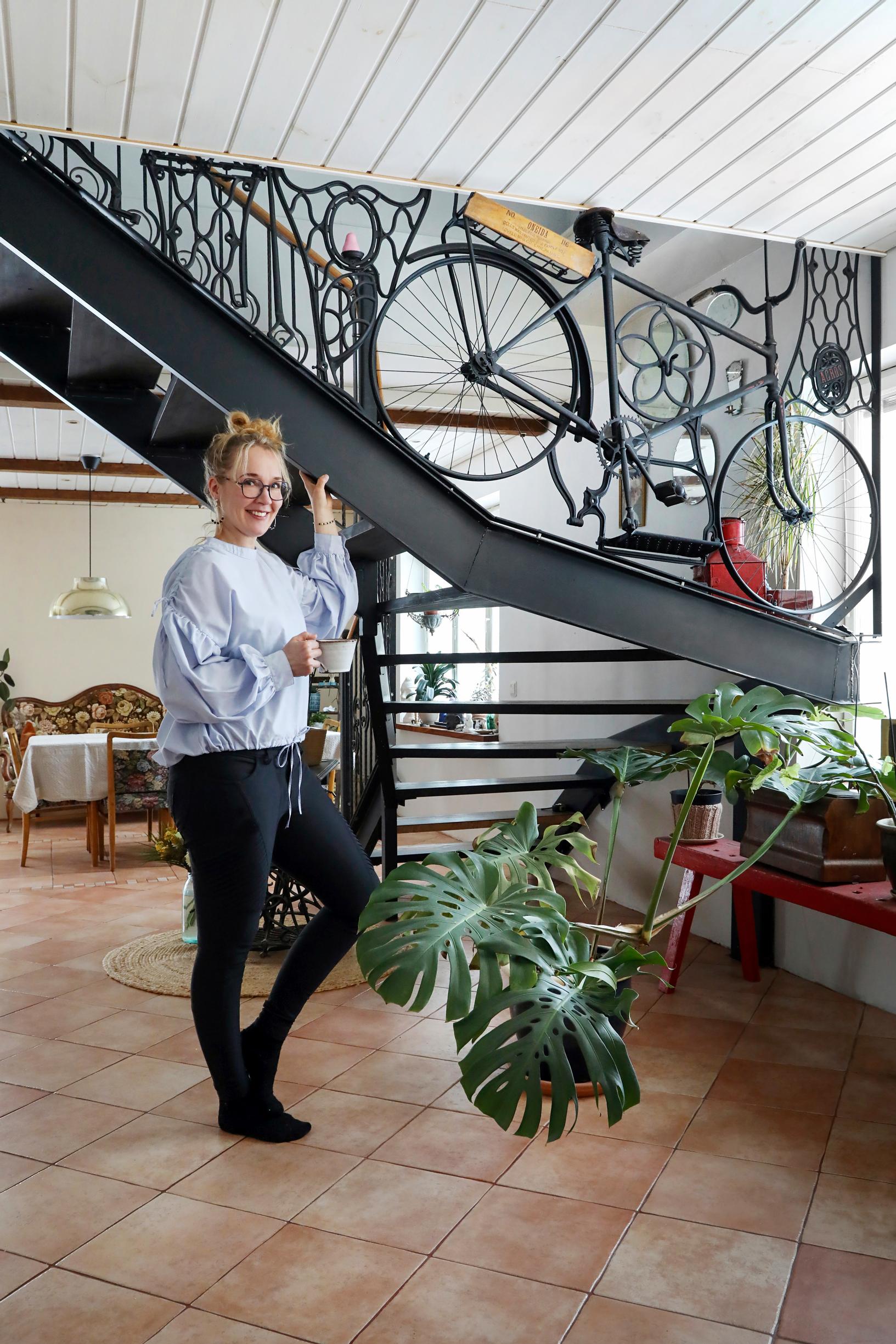
Eventually, Marianne ended up posting a home-swap notice on the community page for the neighborhood of Pispala, Tampere. The idea was to switch houses with someone for a year, so her family could try city living while the other party experienced rural life in the Karhumaas’ home. The post got plenty of responses, leading to a trial weekend in a row house. They explored the neighborhood, visited the local schoolyard, and soaked in the atmosphere. As they were packing up to head back home on Sunday, Marianne noticed her husband engrossed in a listing on the online real estate site Etuovi—something was clearly going on, so intently was he browsing the pictures.
A brand-new listing had just popped up for a house on their way home, only five kilometers from Pispala. They simply had to go see it right away.
“We walked around the area, peeking at the house from every possible angle—and we both got excited. This was exactly what we’d been looking for!” Marianne recalls.
The neighborhood also prompted a wave of nostalgia. Both of them grew up just a few kilometers away, and Vesa remembered riding around the neighborhood on his moped in his teenage years.
Vesa called the owner right away, but due to a busy schedule, they wouldn't be able to show the house for a whole week.
“I’m impatient, so I couldn’t bear waiting that long. I called the owner, too, and begged for an earlier viewing. Thankfully, we managed to get a viewing that Tuesday night.”
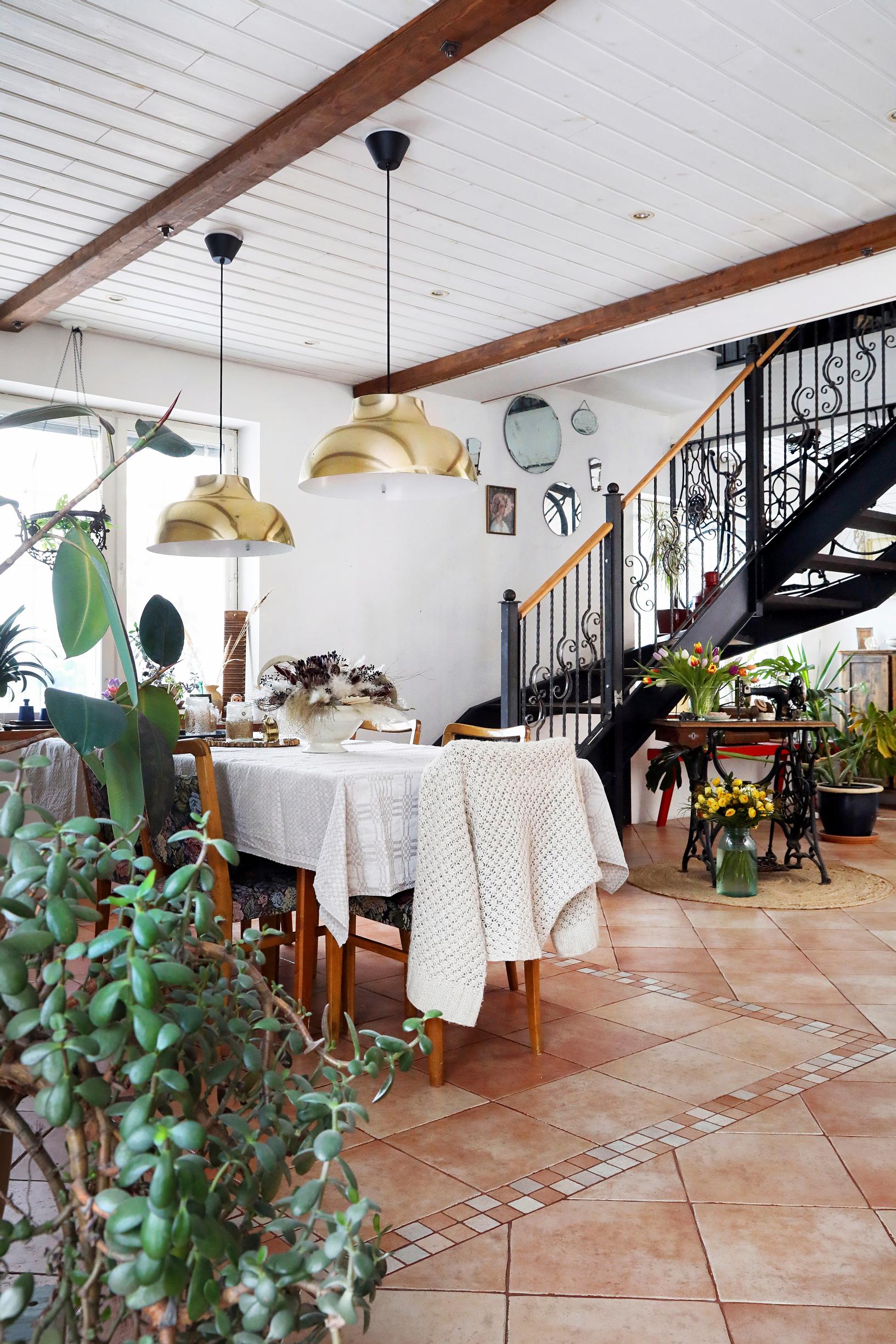
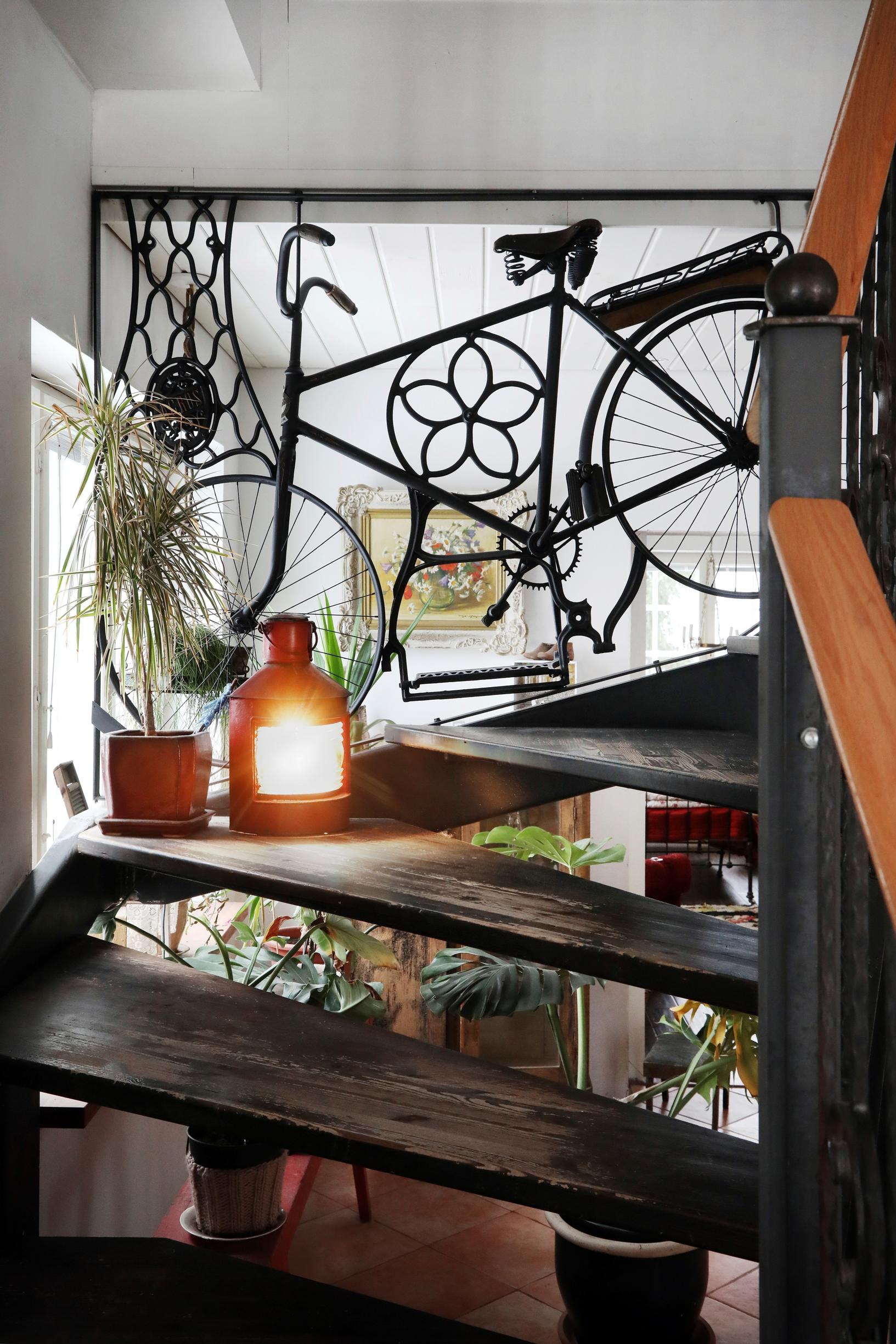
The house was a dream come true. The previous owner had renovated the middle floor, but there was still plenty of untouched space. The basement offered ample room for both of their hobbies and projects, and Marianne could have her workspace under the same roof. The building’s history, the raw loft style, the gas stove in the kitchen, and the bathroom vanity unit made from old sewing machine stands all hinted that this was the place for them.
With the help of Excel spreadsheets, the couple drafted three detailed budgets and considered every possible future scenario. They concluded that if they rented out their old home first, they could manage financially. But then came some unexpected twists: the pandemic hit Finland, and securing a loan was no longer so straightforward.
“The waiting was filled with mixed feelings. We tried not to get too excited in case the bank said no or if we realized we couldn’t manage after all. At the same time, it felt awful to think we might not get the place that ticked all our boxes,” Marianne says.
Luckily, everything worked out for the best, and the family finally moved in at Midsummer 2020.
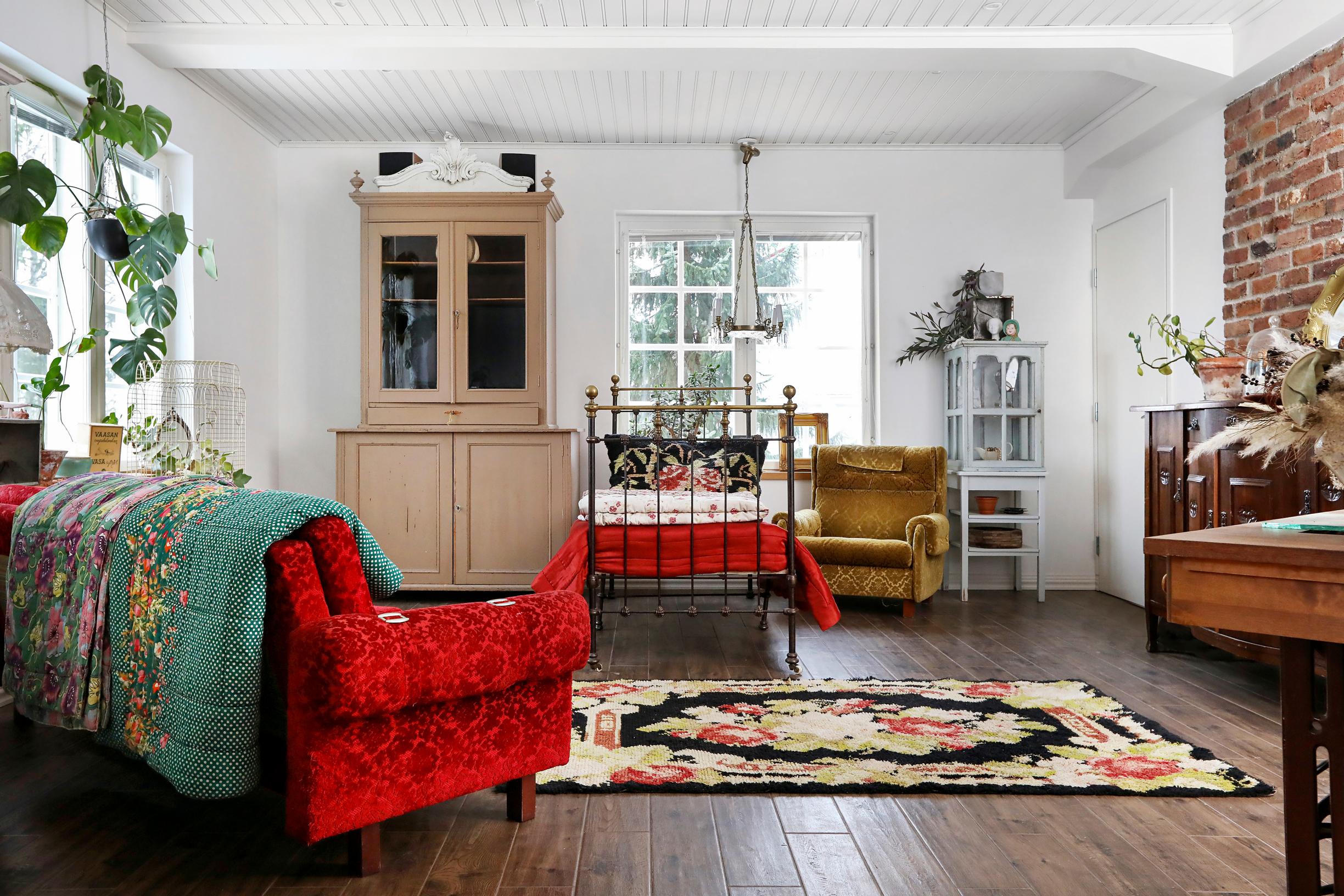

A family friend has nicknamed Vesa a “specialist tinkerer” because he can work magic with just about any material.
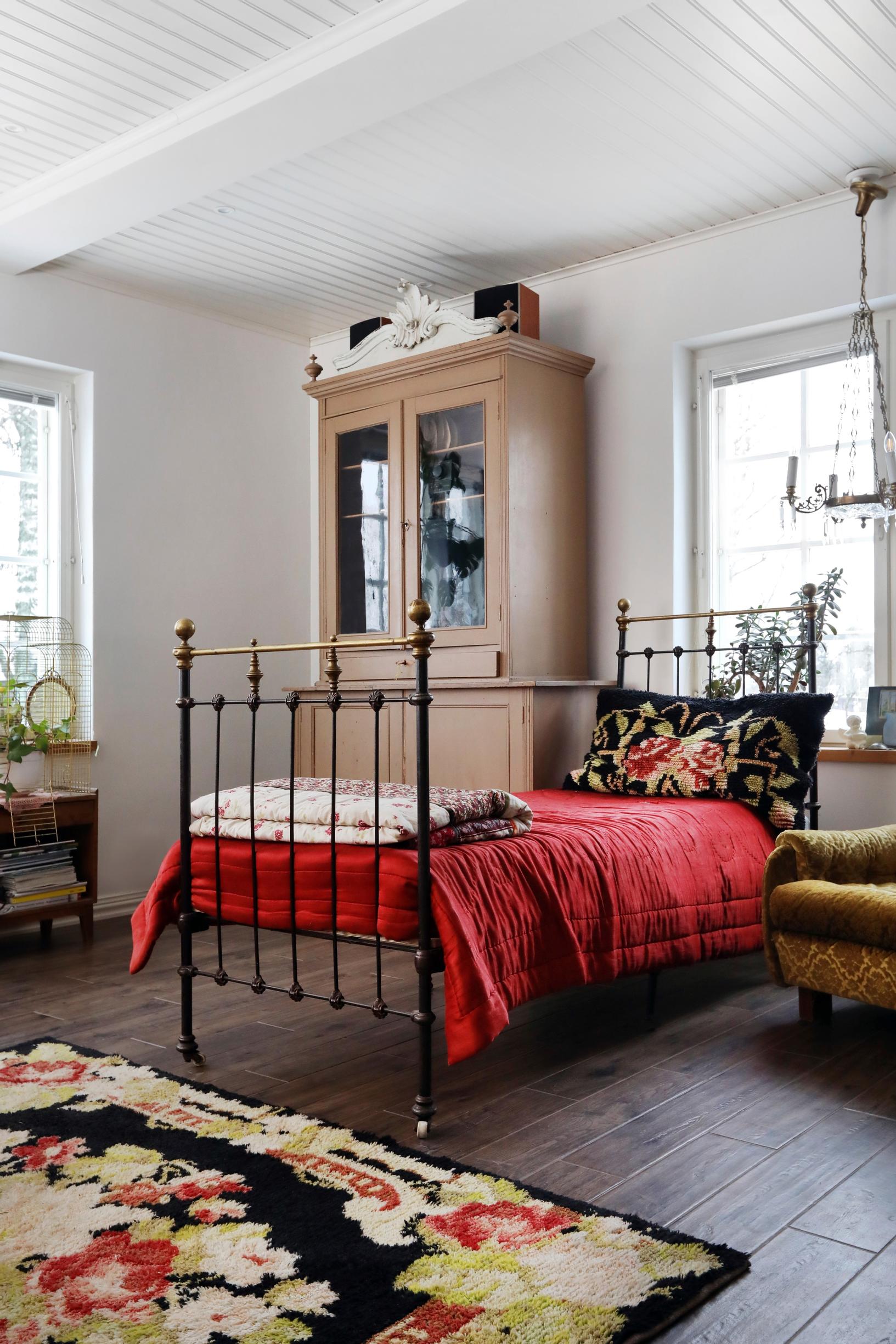
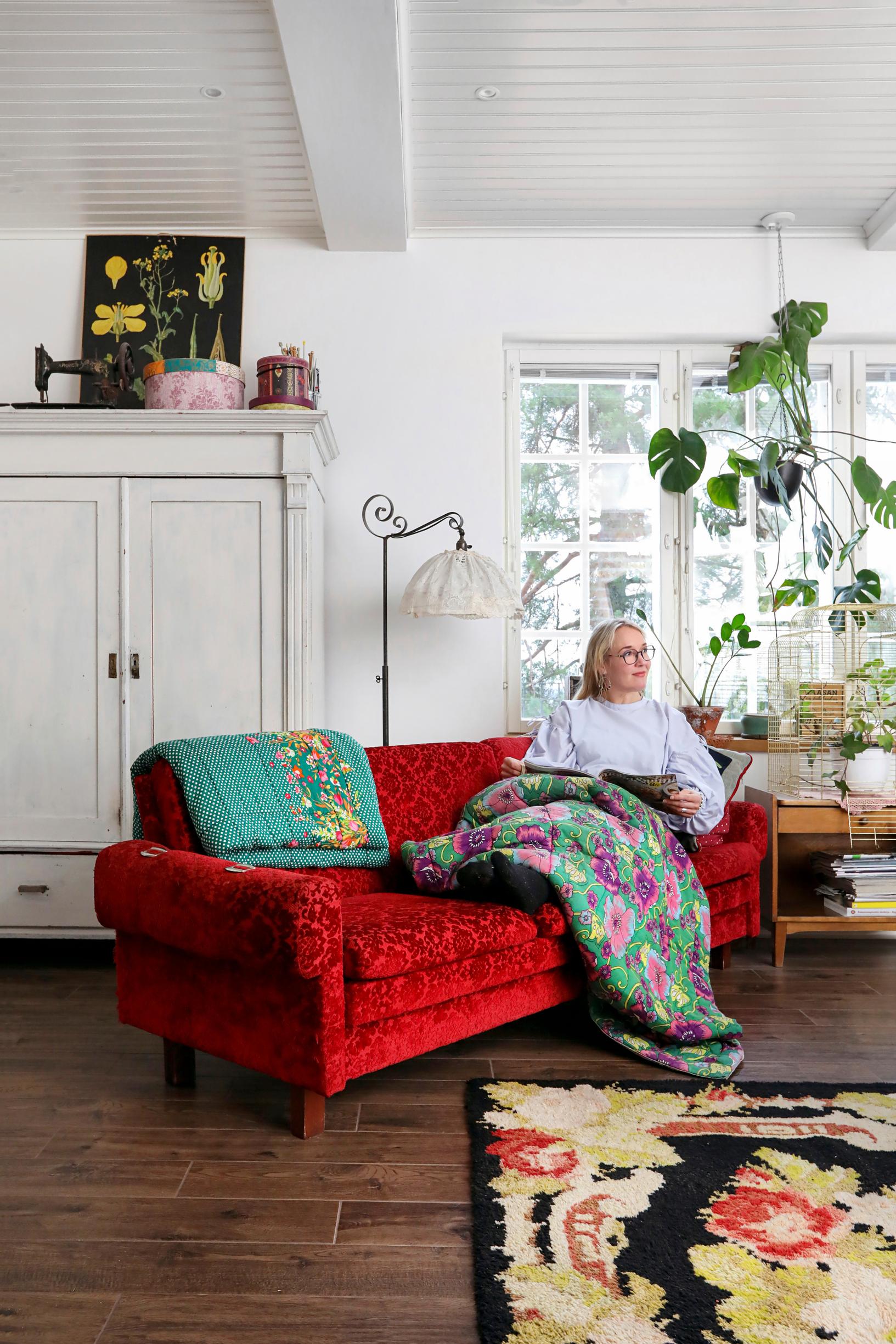
The house has quite a colorful backstory, which also inspired Marianne’s humorous Instagram handle. Known officially as Petäjä (“pine tree”), the building from the late 1920s originally served as a rag, or shoddy, factory. Over the years, it was also home to a carpentry shop, a bakery, and Teivon Liha, whose well-known meatballs could be bought and enjoyed in the on-site shop.
After 2003, the property changed hands a couple of times. The owner prior to the Karhumaa family turned the old factory building into a home, where the Karhumaas now get to add their own touch.
“We never wanted a fully renovated house, and we couldn’t have afforded one anyway. Here, we could bring our own visions to life and face just the right amount of challenge. Because it wasn’t a total wreck, we could live here comfortably while gradually making the place our own,” Marianne says.
But it wasn’t all about surface fixes. The ventilation system had never been finished, so Vesa spent a good part of the first fall in the attic, insulating pipes. After that, the attic was insulated with blown-in wool. The fireplace wasn't connected to a water-circulation system, so Vesa, together with a friend, drained and filled pipes, while everyone held their breath to see if the system would start working—and it did. They also installed an air-to-water heat pump.
They got a nasty surprise in the upstairs bathrooms, which had once served as staff facilities. The grout between the wall tiles contained asbestos, as did the boiler room in the basement. Professionals spent a week removing the hazardous material before it was safe to continue work on the upstairs bathrooms.
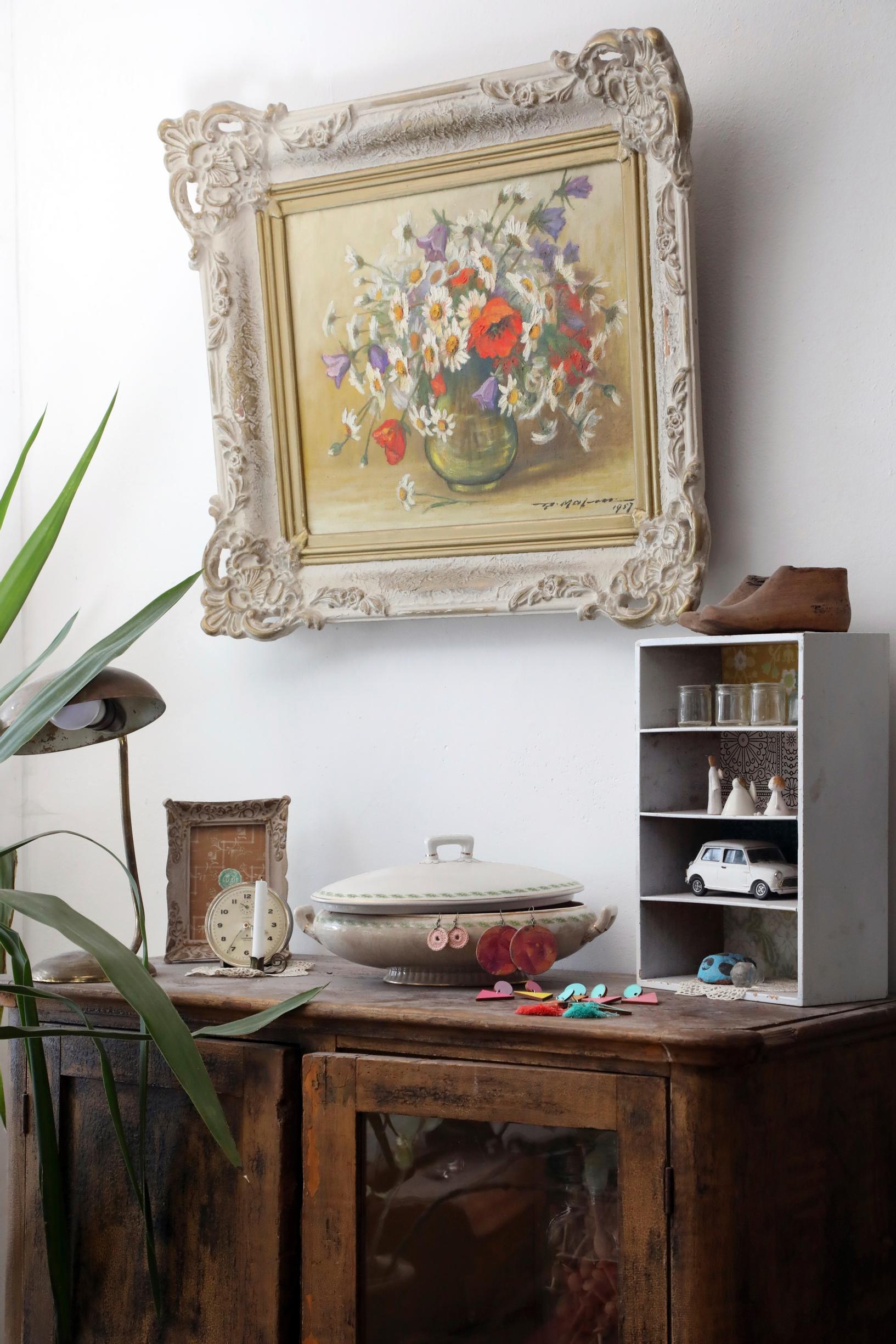
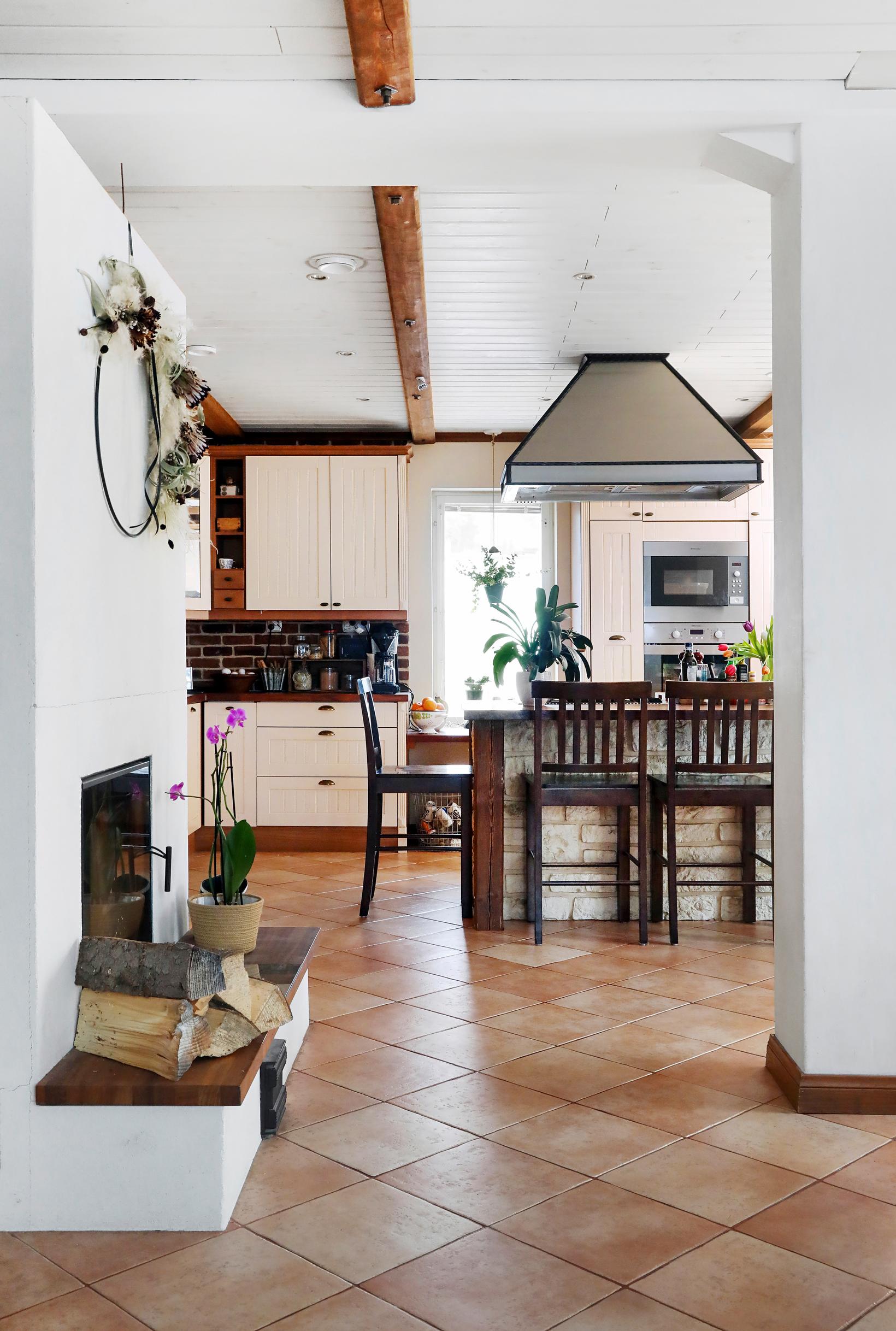
Vesa and Marianne have their own distinctive approach to home projects.
“We don’t map out plans with a hardware store catalogue in hand. Usually, our ideas start from one small detail,” Marianne says.
A good example is one of the upstairs bathrooms.
“I found a pink, ornate mirror at a flea market, and that was my starting point for the design.”
With a vision in her mind, Marianne began searching for leftover tiles, but couldn't find ones that were the right style and in a right quantity. Eventually, she and Vesa took a mini-vacation to Tallinn, and found reasonably priced tiles at a local hardware store, along with faucets and sinks for the bathroom.
Over the years, Vesa and Marianne have developed a system that works for their renovation projects. They brainstorm and visualize together, tossing around ideas. Sometimes, Marianne's ideas get a bit carried away, and Vesa has to let her know when something isn’t feasible. Vesa handles the technical side of things, with Marianne helping by painting, holding things, or just acting as extra weight.
“Although I’m a bit impatient and might dash off to grab a dust cloth, just to have something to do, when Vesa has told me to hold the ladder steady. Standing still isn’t really my thing,” Marianne laughs.
The whole family likes to move fast and act on ideas. A family friend has nicknamed Vesa a “specialist tinkerer” because he can work magic with just about any material. In the morning, he puts on his work vest, and after that, you only catch quick glimpses of him around the house.
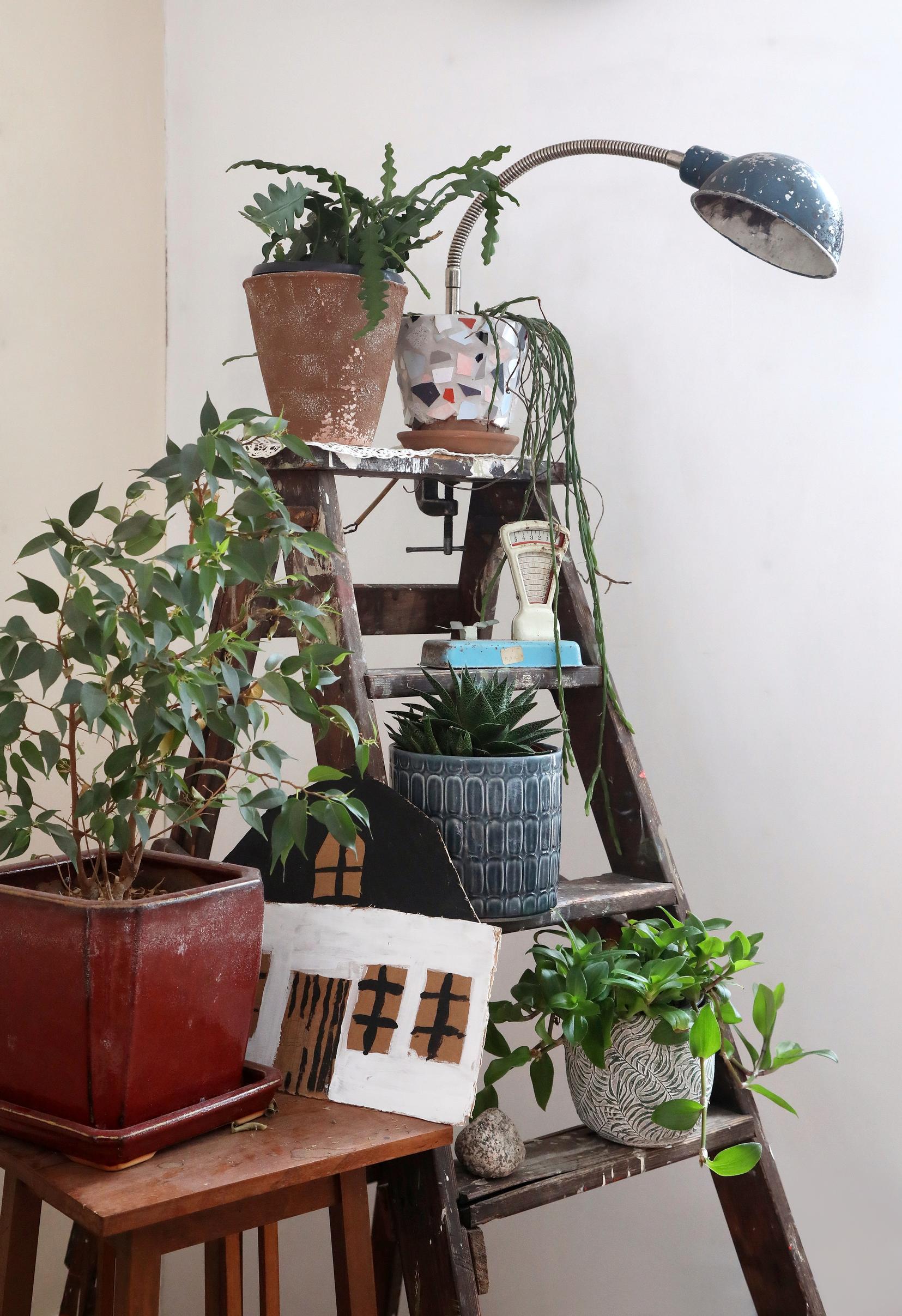
When the family lived in an old log house in the countryside, their home’s—as well as Marianne’s—style was soft, pastel, and frilly. But once they moved into a former factory, everything changed—even her wardrobe. Now she loves bright colors. Only the furniture that fit into this new setting came along from the old house, and they’ve added more over time.
“Spending lots of money on decor isn’t our style. Looking around, I can honestly say that not a single piece of furniture here cost more than 30 euros. Our home is furnished with freebies, flea market treasures, and Tori.fi finds,” Marianne says.
Almost every item has a story. Marianne may recall a lovely summer day at the flea market whenever she catches sight of a particular item.
“I love creating new treasures from items and furniture that someone else might view as junk. I’m lucky to have a partner who also sees the potential in such scraps.”
Marianne doesn’t want to get too attached to any single object. A handful of items have stuck with her for a while, including an old sewing machine she found at a country auction.
“I was eagerly waiting for the sewing machine to come up for bidding. When the moment arrived, the auctioneer said in one breath, ‘Who’ll offer five euros, sold!’ so quickly that I didn’t even have time to raise my hand.”
Marianne was so upset that she went to the car to cry. A moment later, Vesa appeared carrying the sewing machine.
“He had paid the winning bidder ten euros to get me the machine. I thought it was such a sweet gesture,” Marianne recalls.
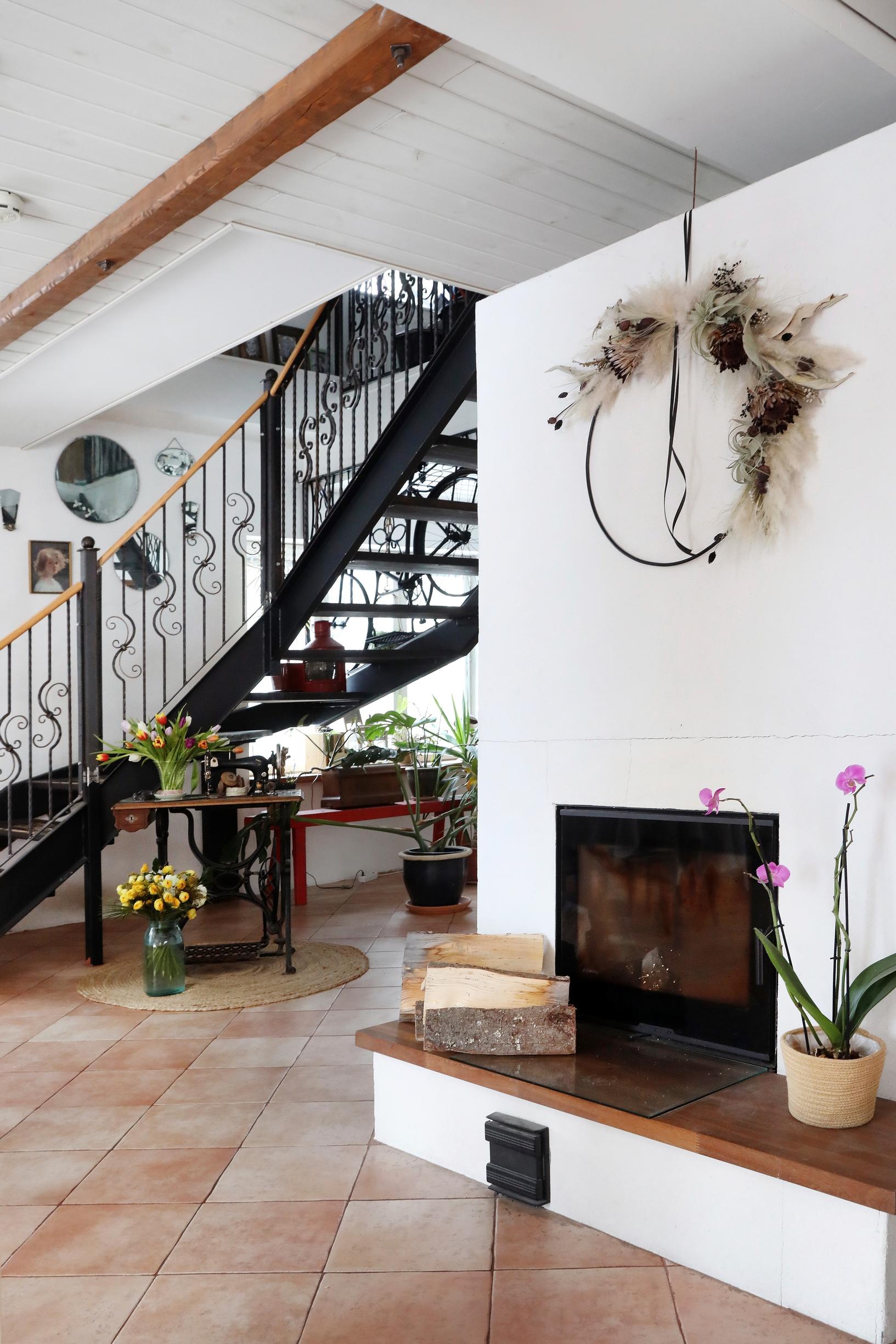
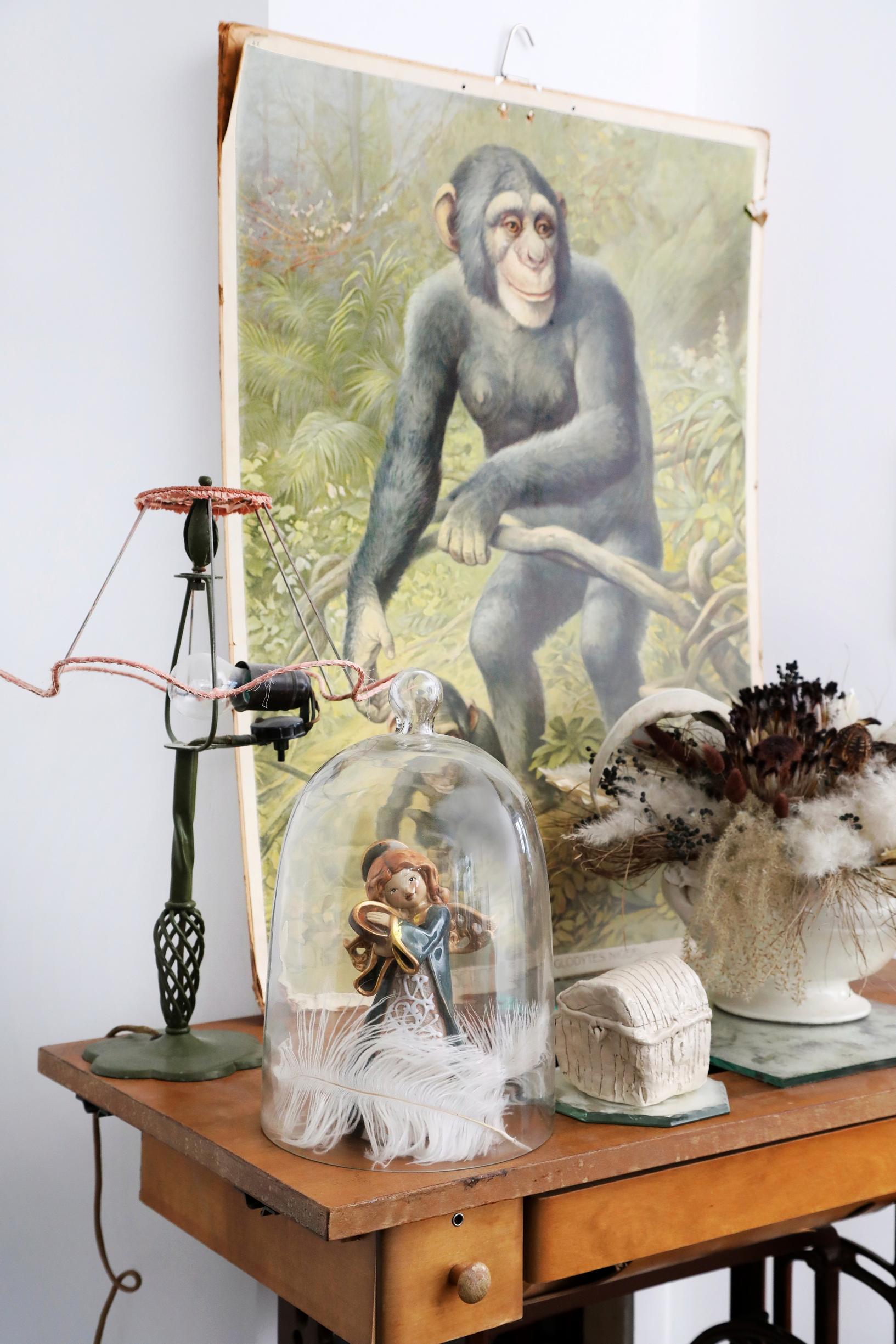

Although the Karhumaa family typically do things on impulse and in a hurry, they can also take their time when necessary. Right now, they’re considering building a rustic kitchen table themselves. They’ve already found a wooden center piece at a flea market, and they’re looking for the rest of the parts.
Marianne is excited about her next project, too: creating a lounge area adjacent to a future sauna in the basement. They’ve already been planning a mural with a local graffiti artist, and the entire family has gotten to contribute ideas.
The house also came with a garden full of plantings—a real treasure left behind by the previous owner.
“I’m not much of a gardener, but I love flowers. That’s why I’m so happy to have our sloped garden. My mother is a real gardening enthusiast, and whenever she’s weeding in our garden, I join her to learn a thing or two. The best part is there’s no need for a lawn mower here.”
The Karhumaa family has settled well into city life. They’ve never regretted their decision to move and buy the old rag factory. The kids have also settled in, and they’ve even launched their own little business venture. Café Lamminpää is a pop-up café where Kerttu and Almo sell donuts, waffles, and ice cream right from their kitchen window. People can enjoy their treats at tables placed out on the street. Open for a few weekends during the summer, the café has been a family project that’s brought everyone the exhilarating feeling of success. Those days rank among their happiest memories.
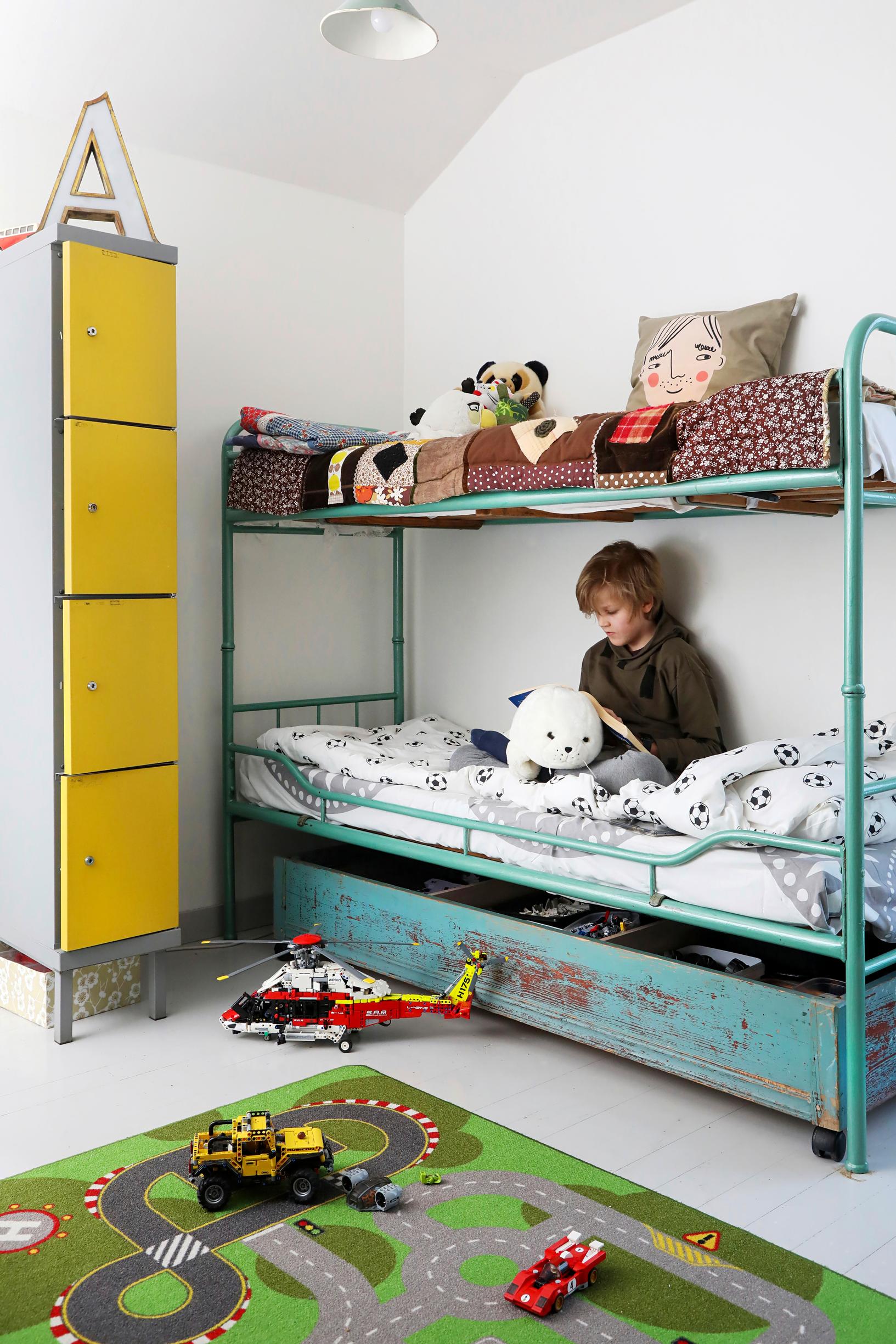
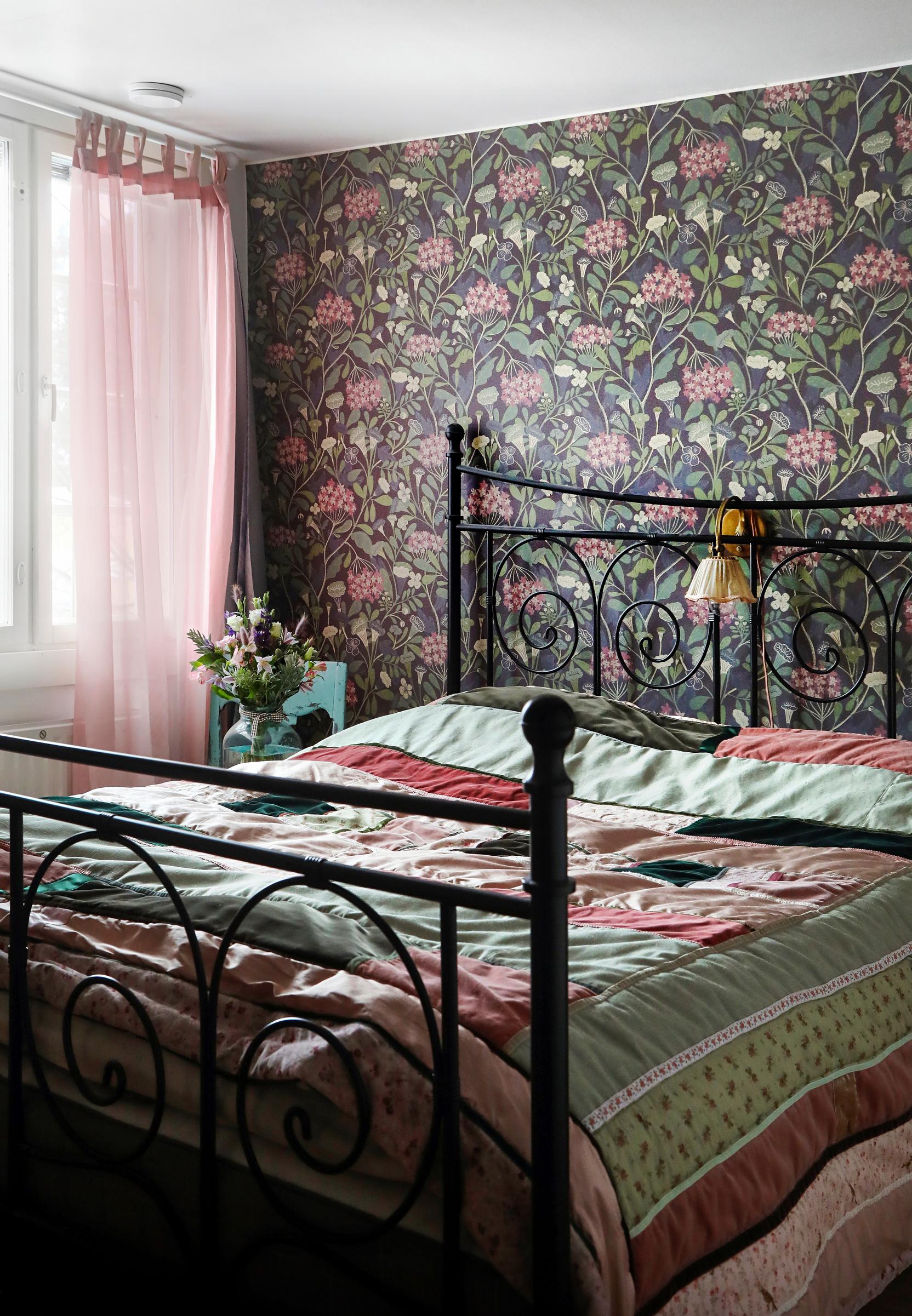
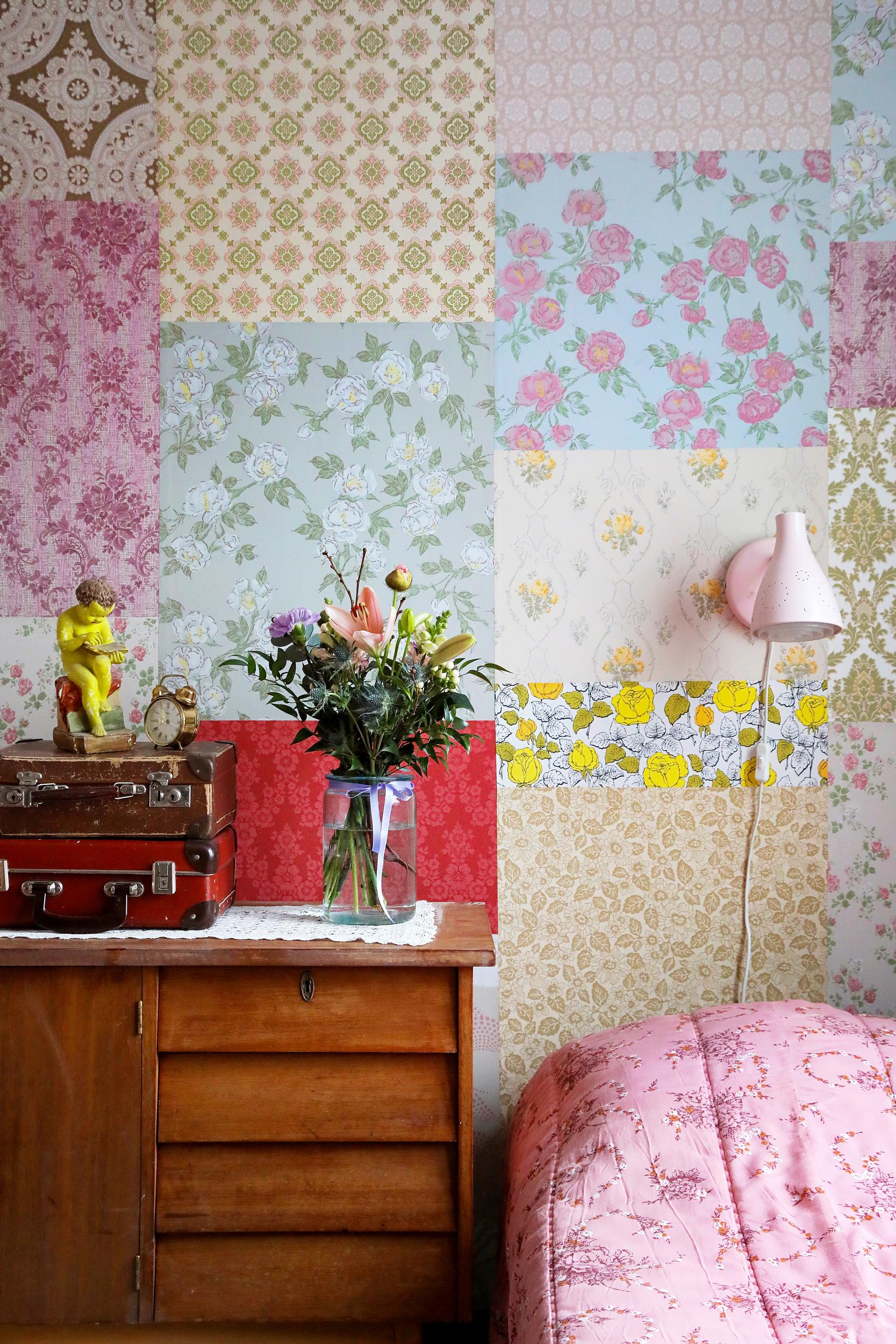
“Spending lots of money on decor isn’t our style. Our home is furnished with freebies, flea market treasures, and Tori.fi finds.”
